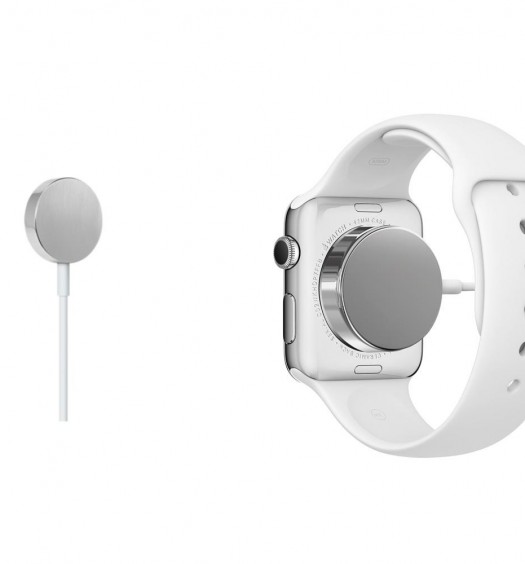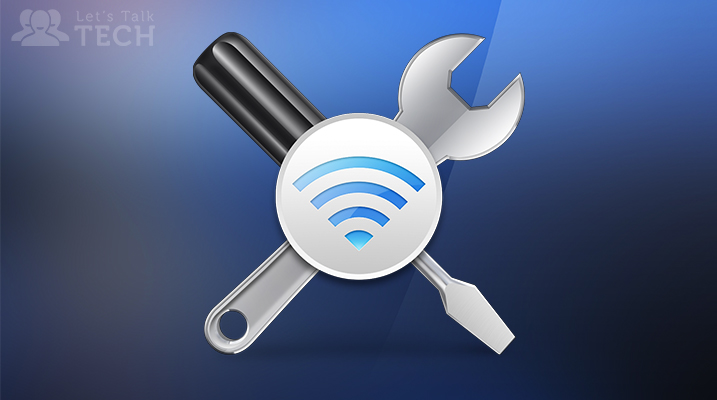

- MAC OS X WIFI SCANNER FOR MAC OS
- MAC OS X WIFI SCANNER INSTALL
- MAC OS X WIFI SCANNER FOR WINDOWS 10
- MAC OS X WIFI SCANNER PRO
Modifying the channel that your router uses can greatly reduce or eliminate these types of problems. It can often be traced to overuse of specific WiFI channels.
MAC OS X WIFI SCANNER PRO
You can run it on a Macbook Pro or Macbook Air. Once you’ve opened the preferences panel, you’ll see your printer, and you’ll want. You could alternatively search for the name of your printer.
MAC OS X WIFI SCANNER FOR MAC OS
Slow and dropped connections – This is one of the most common issues with WiFi networks. Recover WPA Password with the best WiFi Security Software Portable Penetrator for Mac OS X. You can open the Printers & Scanners app through System Preferences, but it’s easier to use CMD + SPACE to pull up Spotlight and type in Scanner to bring it up.This will minimize the possibility of your network falling victim to a brute force attack that can compromise your password and allow unauthorized access. All right, when both of these are open Im going to start off with WiFi Explorer.

MAC OS X WIFI SCANNER INSTALL

To check the signal strengths of all Wi-Fi networks in your area using Vistumbler, you first need to download the latest version of the app from Github.
MAC OS X WIFI SCANNER FOR WINDOWS 10
The latest version of the app is officially available for Windows 10 and earlier but works perfectly fine on Windows 11 as well. However, the one we will use for this tutorial is the free and open-source app Vistumbler. There are a lot of reliable apps to measure Wi-Fi signal strength on Windows, including Fing ( Free), Wi-Fi Info View ( Free), Wi-Fi Analyzer ( Free), inSSIDer ( Free), and more. For that, you have to resort to third-party apps. While you can gauge your current Wi-Fi signal strength in Windows, there are no native methods in the OS to see the exact strength of all available networks at your location. Method 4: Check Wi-Fi Signal Using Third-party Apps The extended command will filter out the additional info and only show you the percentage that indicates your Wi-Fi signal quality. Doing so will get you the exact same result as the earlier method. You can also use the snippet within the brackets – the same command as the one used in Command Prompt. To get started, you’ll need to jump into the Wireless Diagnostics Utilities app first: Hold down the Option key and select the Wi-Fi icon in the menu bar Select the Open Wireless Diagnostics option. You will now see the signal quality of your current signal.


 0 kommentar(er)
0 kommentar(er)
